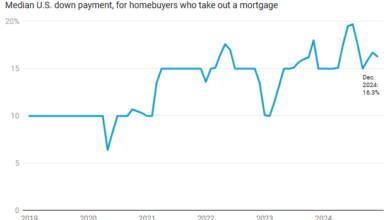Australia’s Annual Wage Growth Rises to 3.4% in March Quarter

Wage growth in Australia has increased to 3.4 per cent over the past year, the first time wage growth has ticked up since the June quarter of 2024.
The Australian Bureau of Statistics reported on Wednesday that wages grew by 0.9% in the March quarter, an increase from 0.7% in the previous December quarter.
This pushed the annual growth rate of the Wage Price Index (WPI) from 3.2% to 3.4% over the same period.
While the Reserve Bank had anticipated a rise in annual wage growth during the first half of the year, the increase has arrived slightly earlier than expected.
Wage growth in the March quarter was primarily driven by updated enterprise bargaining agreements, according to the Australian Bureau of Statistics (ABS).
“For the first time since September 2020, jobs covered by enterprise agreements accounted for over half of the total quarterly wage growth,” said Michelle Marquardt, head of prices statistics at the ABS.
In the private sector, wage increases were supported by administrative adjustments related to the Stage 3 Aged Care Work Value Case from the Fair Work Commission, as well as the federal government’s retention payments for early childhood education and care workers. These came in addition to the usual March quarter wage and salary reviews.
Public sector wage growth was influenced by new state-level enterprise agreements and higher pay for aged care workers.
However, wage increases outside of enterprise agreements remained subdued.
“Wages set by individual agreements made their smallest contribution to growth in several years,” said Sean Langcake, head of macroeconomic forecasting at Oxford Economics Australia. “The labour market remains tight, but these figures show that wage growth is still relatively contained,” he added.




